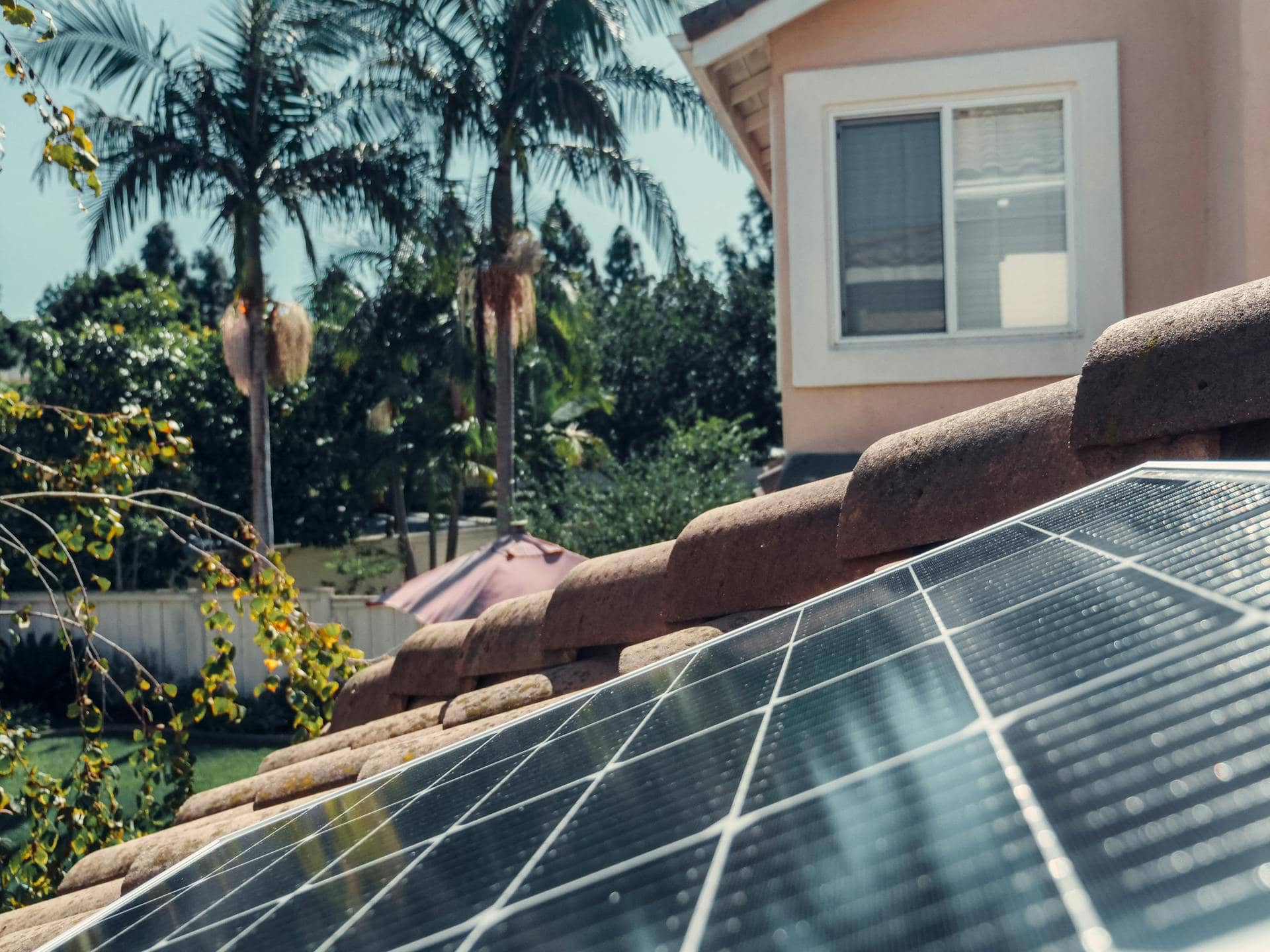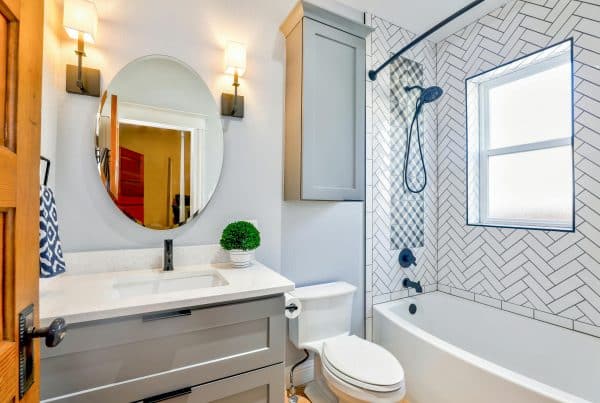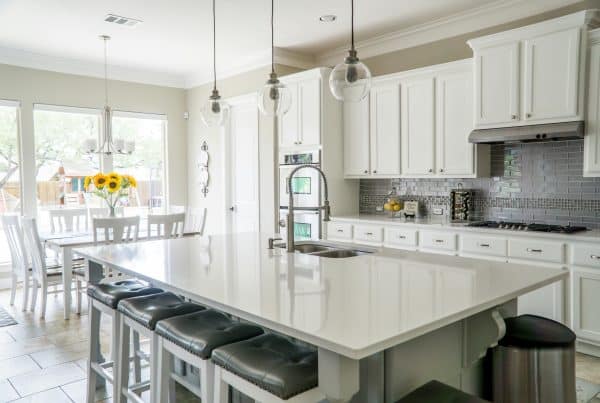Mediterranean residential architecture encompasses a diverse range of styles, with Spanish-style homes as one of its prominent subcategories. We often find shared features and distinct characteristics when viewing Spanish vs Mediterranean house designs.
This is because Spanish homes fall under the broader Mediterranean umbrella. However, they’ve also evolved distinct elements that set them apart.
In this article, we review 5 key differences between Spanish and Mediterranean-style houses while also highlighting their similarities. If you’re a prospective homebuyer looking to do a Spanish vs Mediterranean house comparison, understanding these nuances will help you make the right choice before buying.
About Spanish and Mediterranean Homes
Mediterranean architecture is a broad term encompassing various styles from countries bordering the Mediterranean Sea. Spanish architecture, while distinct, is a subset of this larger category. This relationship explains why Spanish and Mediterranean homes share many features and designs that overlap yet diverge in certain areas.
It’s important to note that certain terms related to Spanish and Mediterranean homes are often used in real estate listings. You might encounter descriptions such as:
- Spanish Mediterranean Home
- Modern Mediterranean Spanish
- Spanish Mediterranean Revival
- Mediterranean-inspired home
- Spanish Eclectic
- Mediterranean Revival
Real estate agents frequently use these terms to describe properties with elements of Mediterranean or Spanish home design. This mixing of terms is often a result of overlapping features. These terms can also be mixed up by accident.
Need help sorting through the differences? Contact The Real Estate Guy to find the correct home for your needs.
Examples of Spanish Style Homes
Examples of Mediterranean Style Homes
See Photos of Spanish and Mediterranean homes on Pinterest for inspiration and design ideas.
5 Differences Between A Spanish vs Mediterranean House
Today’s real estate is very diverse, and there are exceptions to the following rules.
1. Exterior Color Palettes
Spanish homes typically feature white or light-colored stucco exteriors that contrast starkly with red clay roof tiles. Mediterranean homes, on the other hand, often incorporate warmer, earthier tones like terracotta, ochre, or soft yellows for their exterior walls.
2. Roof Styles
While both styles utilize clay tile roofs, Spanish homes are known for their distinctive red barrel tiles. Mediterranean homes may use similar tiles but in a broader range of colors, including terracotta, brown, or even blue-green in some coastal regions.
3. Architectural Details
Spanish homes tend to show Moorish influences, such as intricate tile work and ornate wrought iron details. Meanwhile, Mediterranean homes often incorporate classical elements like columns and symmetrical facades, reflecting influences from Italian and Greek architecture.
4. Interior Layouts
Spanish homes frequently feature interior courtyards or patios. Mediterranean homes, meanwhile, tend to focus on large, open living areas and expansive terraces or loggias.
5. Window Treatments
Spanish homes sometimes feature smaller, deeply recessed windows with wrought iron grilles or wooden shutters. These window designs serve both aesthetic and practical purposes, helping to keep interiors cool in hot climates while adding to the home’s distinctive character. The windows are usually fewer in number and strategically placed to control light and airflow.
Mediterranean homes, in contrast, often have larger, more numerous windows that create a brighter, more open interior. These homes frequently incorporate expansive picture windows, French doors, or even floor-to-ceiling glass to maximize views and natural light. Window treatments in Mediterranean homes tend to be more varied.
This difference in window design and placement significantly impacts the overall feel of a home, with Spanish styles offering a more sheltered, intimate atmosphere and Mediterranean homes offering a lighter, more open ambiance.
Similarities Between Spanish and Mediterranean Homes
Despite their differences, Spanish and Mediterranean homes share key features that have made both styles popular across the United States.
Exterior
Exterior characteristics include stucco walls, which offer excellent insulation and help maintain cooler temperatures in warm climates. Low-pitched roofs with clay or terracotta tiles add visual appeal while providing durability and heat resistance.
Indoor-Outdoor
Both styles emphasize a strong connection to the outdoors, with patios, courtyards, balconies, and covered porches that blur the line between interior and exterior spaces. Spanish and Mediterranean homes often incorporate wrought iron details, decorative tilework, and arched elements in doorways, windows, and walkways.
Interior
Inside, these homes typically feature high ceilings, exposed wooden beams, and terra cotta or tile flooring. These shared features contribute to the enduring popularity of both Spanish and Mediterranean architectural styles.
Find Spanish and Mediterranean Homes in Las Vegas with The Real Estate Guy
In Las Vegas, both Spanish and Mediterranean-style homes have been adapted to suit the hot desert climate and now often feature beautiful drought-resistant landscaping.
If you want to explore Spanish or Mediterranean homes in the Las Vegas area, The Real Estate Guy can help you find the perfect property that embodies these beloved architectural styles.
Check out our Home page and see why so many people choose us. For a more detailed Spanish vs Mediterranean house comparison, our team can answer all your questions.
» MORE: 9 Facts About Mediterranean Style Homes + What Is A Villa?
» MORE: 9 Facts About Hacienda Style Homes + Hacienda vs Spanish Homes
» MORE: 9 Facts About Victorian Style Homes + Victorian vs Edwardian Homes






